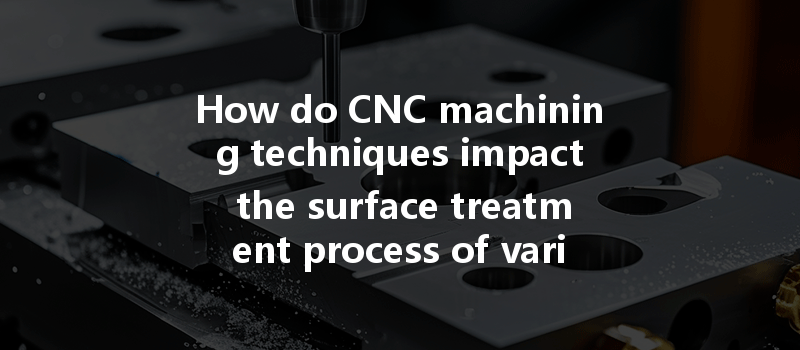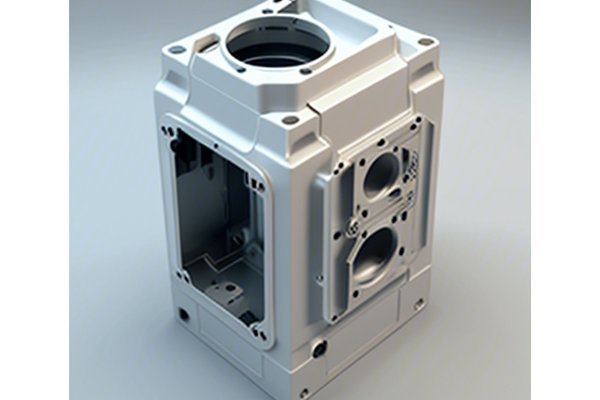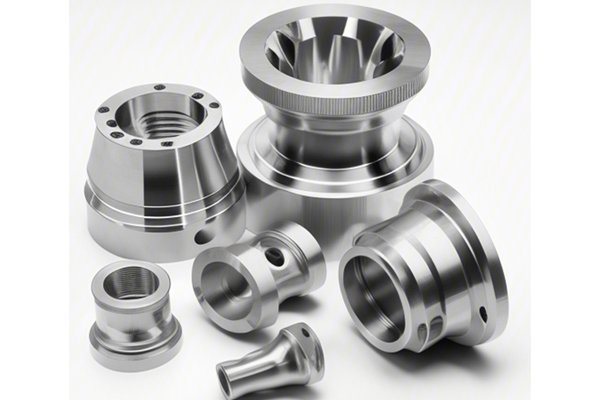Did you know that nearly 80% of a product’s cost can be attributed to its materials and manufacturing processes? This staggering statistic underscores the critical importance of integrating effective machining and surface treatment techniques in manufacturing. CNC (Computer Numerical Control) machining has revolutionized how we produce precision parts, but its impact extends far beyond the initial machining operation. The choice of CNC techniques can significantly affect various surface treatments and ultimately dictate the functionality, performance, and aesthetics of the final product.
In this blog, we’ll delve deep into the fascinating intersection of CNC machining and surface treatments. We’ll explore how different machining techniques influence the surface finish, quality, and durability of parts across various industries. Armed with practical solutions, you’ll be equipped to maximize your machining processes and enhance the effectiveness of surface treatments. Let’s get started!
The Importance of Surface Treatment in CNC Machining
Surface treatment can be defined as the techniques used to alter a surface of a manufactured item in order to achieve desired properties such as improved corrosion resistance, wear resistance, aesthetic appearance, and enhanced adhesion for paints or coatings.
Significance of Surface Treatments:
How CNC Machining Techniques Influence Surface Treatments
CNC machining can be categorized into different techniques, such as milling, turning, and grinding, each of which can produce different surface finishes and, consequently, influence the effectiveness of subsequent surface treatments.
Each machining method can produce variations in surface roughness, which are critical considerations when planning for subsequent surface treatments.
The surface finish achieved during the machining process directly impacts the quality and durability of the surface treatments applied.
Key Takeaway: Understanding the balance between surface roughness and treatment performance is vital. Operators must select appropriate machining techniques to optimize surface conditions for specific treatments.
Practical Solutions and Considerations
Here are critical considerations and actionable strategies for optimizing machining and surface treatments:
Example: For aluminum parts intended for anodizing, using high-speed milling with optimized parameters can yield a smoother surface that enhances the anodizing process.

In some cases, additional processes like deburring, polishing, or secondary machining may be necessary to achieve optimal surface conditions.
Practical Tip: Establish standard operating procedures (SOPs) for post-machining processes to ensure consistency across production runs.
Tailoring surface treatments to complement the finished state of the CNC machined part is essential:
Implement rigorous inspection methods post-machining and pre-surface treatment to identify any deviations that could affect performance.
of Practical Solutions:
Employing a holistic approach by tightly integrating CNC machining and surface treatment processes can lead to significant improvements in product quality, longevity, and aesthetic appeal.
Case Studies: Successes in CNC Machining and Surface Treatment Integration
Case Study 1: Aerospace Component Manufacturing
An aerospace manufacturer integrated a high-precision CNC milling operation with a subsequent anodization process. By adjusting milling parameters to achieve a controlled surface roughness, they improved the anodizing’s durability and corrosion resistance, which led to a more reliable final product.
Case Study 2: Automotive Industry Application
In the automotive sector, a company focused on CNC turning of components switched to a polymer-based surface coating. By evaluating the macroscopic surface features from CNC machining, they were able to predict compatibility, leading to a significant decrease in corrosion-related failures.
The interrelationship between CNC machining techniques and surface treatment processes is critical for maximizing product effectiveness. Understanding how machining methodologies affect surface characteristics can provide manufacturers with the tools to produce superior components that meet exacting industry standards.
In this blog, we’ve emphasized:
This knowledge is not just an academic exercise; it is a blueprint for improving efficiency and product quality across industries. As manufacturing environments become increasingly competitive, refining these interconnected processes will support your journey towards excellence.
Remember, the impact of CNC machining techniques on surface treatment isn’t merely a technical consideration; it’s a central element in delivering high-performance products that can withstand the rigors of the industry. Keep these principles in mind as you navigate the complex landscape of CNC machining and surface treatments. They are vital to your success—and worth careful consideration as you plan your future projects.






